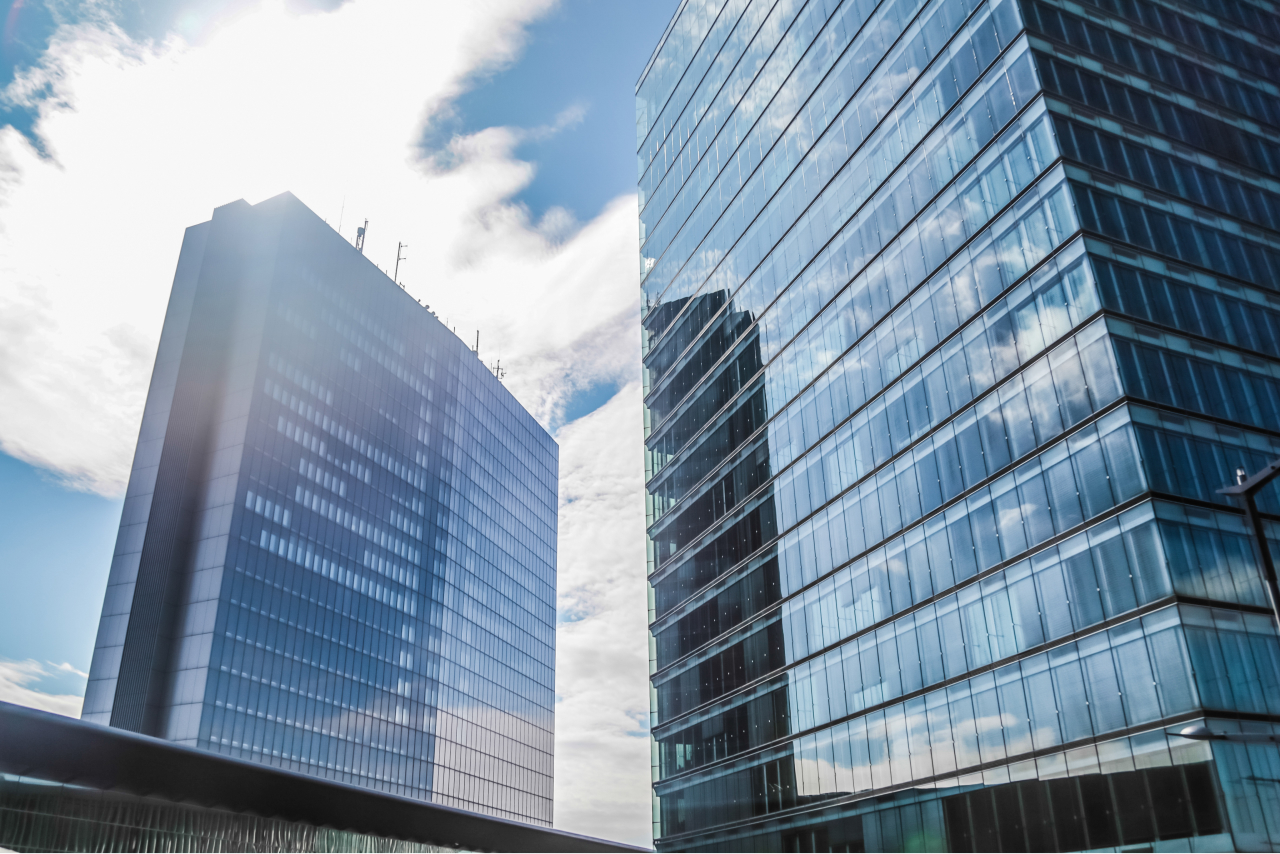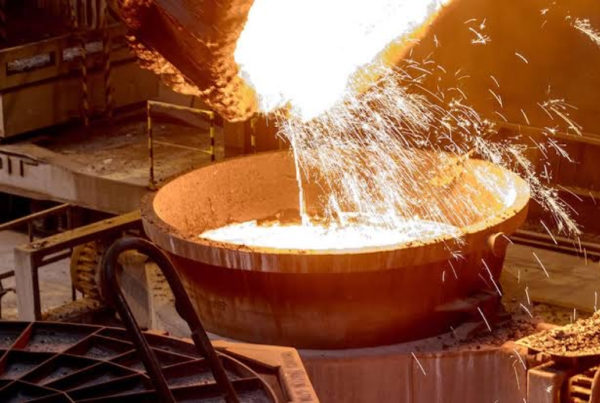
Producers have hiked steel prices several times in the past 15 weeks, but with demand from user industries such as auto and construction recovering, Large steel players have been forced to absorb the higher cost.
The large steel mills of the country are expected to report decadal-high profits and a large increase in market share in the second half of the fiscal, given that repeated price hikes are doing little to dent domestic demand for the metal.
Indian steel prices move in tandem with the global average, which is influenced by Chinese demand. The Chinese government’s $550 billion stimulus to revive its economy has increased the nation’s appetite for steel at a time when steel exporting countries such as Japan and South Korea have curtailed production. This mismatch in demand and supply has sent global steel prices rocketing.
“Globally, steel prices are likely to stay firm as China is not expected to export large volumes due to better balance in their domestic market and there are no other significant exporters in the world market. Given all of this, we believe that the steel demand in the country should grow at least at the rate of gross domestic product (GDP) growth or higher in FY22. Typically, this is the trend in a developing country, though traditionally in India steel demand has been lower than the GDP growth rate,” Tata Steel managing director and chief executive officer T.V. Narendran said.
Indian steel prices have always been pegged just marginally below that of imported steel and steel mills have been able to increase prices in keeping with the global trend, allowing them to make profits. However, this advantage appears to apply only to large integrated players who have their own iron ore supply and comes at the cost of smaller steel producers.
Continue reading at LiveMint



